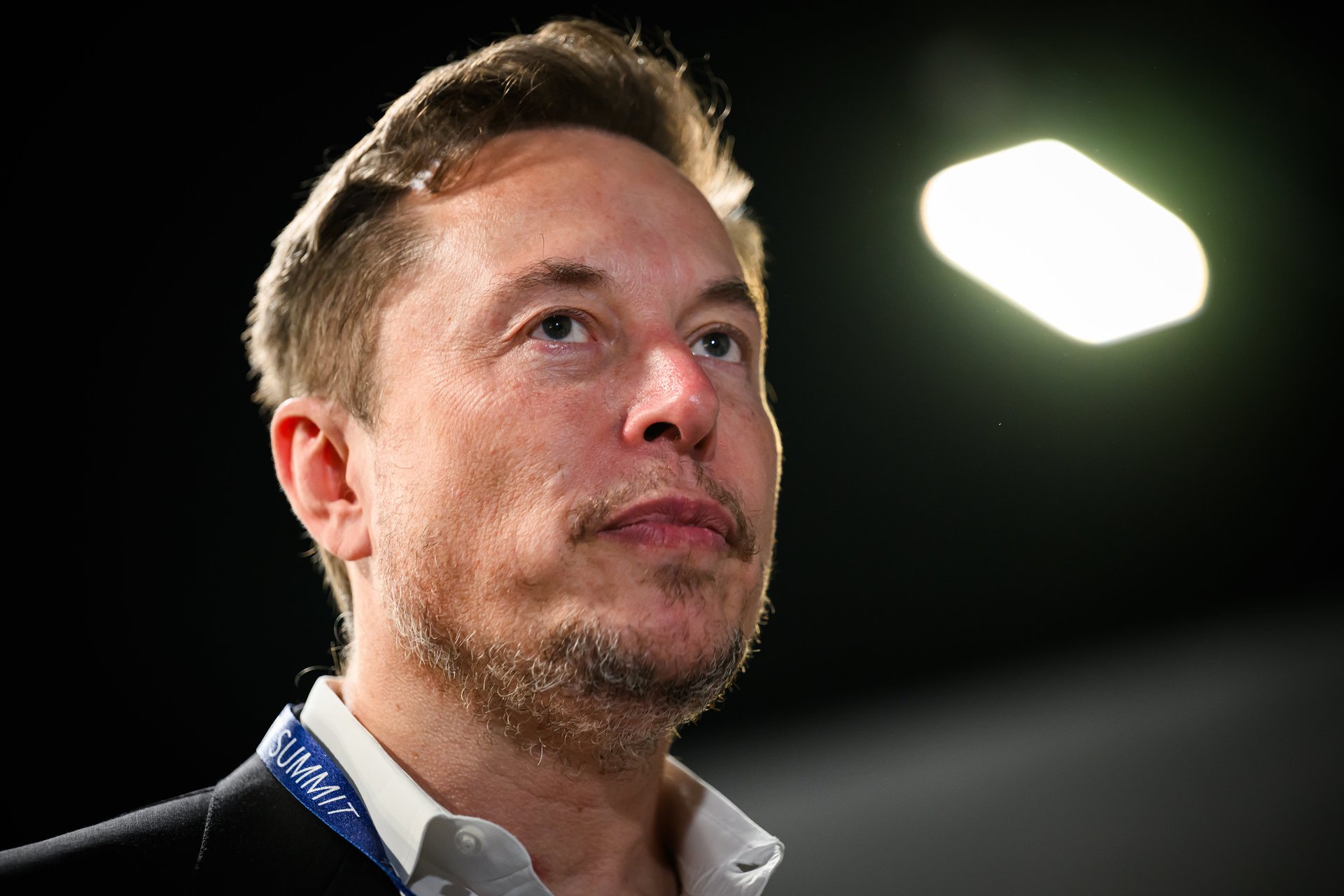3 takeaways from Tesla’s ‘nightmare’ first quarter
Elon Musk's electric vehicle maker reported deliveries that fell far short of expectations, and it may have "a serious demand issue”

Elon Musk’s Tesla disappointed investors and Wall Street when it reported a major decrease in electric vehicle sales and a more minor dip in production.
Suggested Reading
The automaker said it delivered 386,810 electric vehicles over the first three months of 2024. That fell wildly short of Wall Street’s expectations and sent Tesla stock down 5%, capping off a rough quarter already marked by controversy and heightened competition abroad.
Related Content
Even before Tesla reported deliveries this week, Wedbush analyst Dan Ives, a longtime Tesla bull, called the first quarter a “nightmare” for Tesla.
The “Tesla narrative is as negative as we have seen in the last few years with Musk/Tesla getting attacked by the bears from all directions,” he said.
Here are three things to know about Tesla’s brutal start to 2024.
Tesla’s slowing sales could mean it has a ‘serious demand issue’
Austin, Texas-based Tesla said it sold 369,784 Model 3 compact cars and Model Y SUVs between January and March, and 17,027 other EVs. Although the automaker does not provide a breakout for those deliveries, they include the Model X crossover SUV, Model S sedan, and the Tesla Cybertruck, an electric pickup released by Tesla last November.
Overall, that’s an 8.5% decline compared to a year earlier and a 10% decline for Model 3 and Model Y sales. It’s Tesla’s first year-over-year decline since the second quarter of 2020, when the COVID-19 pandemic was in its early stages.
Wall Street had estimated deliveries of 457,000 EVs for the first quarter, according to a consensus tracked by FactSet, although analysts had trimmed their forecasts to as low as 412,000 units.
There are several reasons Tesla might be struggling to sell its cars — especially as BYD, its Chinese rival, suffers similar issues — including decreased demand for EVs, charging anxiety, and the cost. Consumers paid $52,314 for an EV in February, down from $54,863 in January, according to Kelly Blue Book and Cox Automotive.
“While the higher inventory levels and increased competition continue to drive down the price premium of EVs, it’s important to acknowledge that EVs remain priced above mainstream non-luxury vehicles by nearly 19%,” Stephanie Valdez Streaty, Cox Automotive’s director of industry insights, said in a statement.
In a note to investors Tuesday, Deutsche Bank analysts said that the difference between the number of EVs built and the number of cars sold — about 46,500 units — “confirms that beyond the known production bottleneck, there may also be a serious demand issue.”
Tesla’s sinking stock
Tesla stock dropped almost 6% on Tuesday after the company announced its poor first-quarter deliveries, before recouping some losses on Wednesday. It had nudged back up about 1% early Wednesday afternoon.
Shares have fallen almost 33% this year, making Tesla the worst performer in the S&P 500. The company is also no longer one of the top 10 U.S. companies by market capitalization, after shedding almost $260 billion in market cap this year. The EV maker now trails behind Visa, JPMorgan Chase, and weight-loss drug maker Novo Nordisk.
Per Lekander, a hedge fund manager who has been short selling Tesla stock since 2020, told CNBC that the EV maker could “go bust.” He also said the stock could fall from its current price of $167 per share all the way to $14 per share.
“This was really the beginning of the end of the Tesla bubble, which probably, arguably was the biggest stock market bubble in modern history,” Lekander said Wednesday. He is a managing partner at Clean Energy Transition, a London-based hedge fund focused on the transition to sustainable energy sources.
Tesla’s plunging production
Tesla also produced fewer vehicles in the quarter than it did during the first three months of 2023. The company assembled 433,371 EVs last quarter, down from 440,808 in 2023.
Tesla blames its shrinking production on a number of external issues, as well as an update to the Model 3 production line at the company’s flagship factory in Fremont, California.
In China, where Tesla is facing off against strong local rivals like BYD and newcomers like Xiaomi, Tesla has started telling workers to lower Model Y and Model 3 production.
Employees at Gigafactory Shanghai have been told to work five days a week instead of six-and-a-half days, although the production lines will continue to run on two 11.5-hour shifts. Some production lines, including battery workshops, have been put under longer suspensions, and suppliers have been told to prepare for extended production limits through April.
In March, an arson attack near Tesla’s Giga Berlin-Brandenburg in Germany shut down the facility for almost a week, costing the company about $1 billion. That shutdown came just weeks after the German facility reopened after a brief closure due to ongoing Houthi militia attacks on suppliers using the Red Sea to transport goods.
